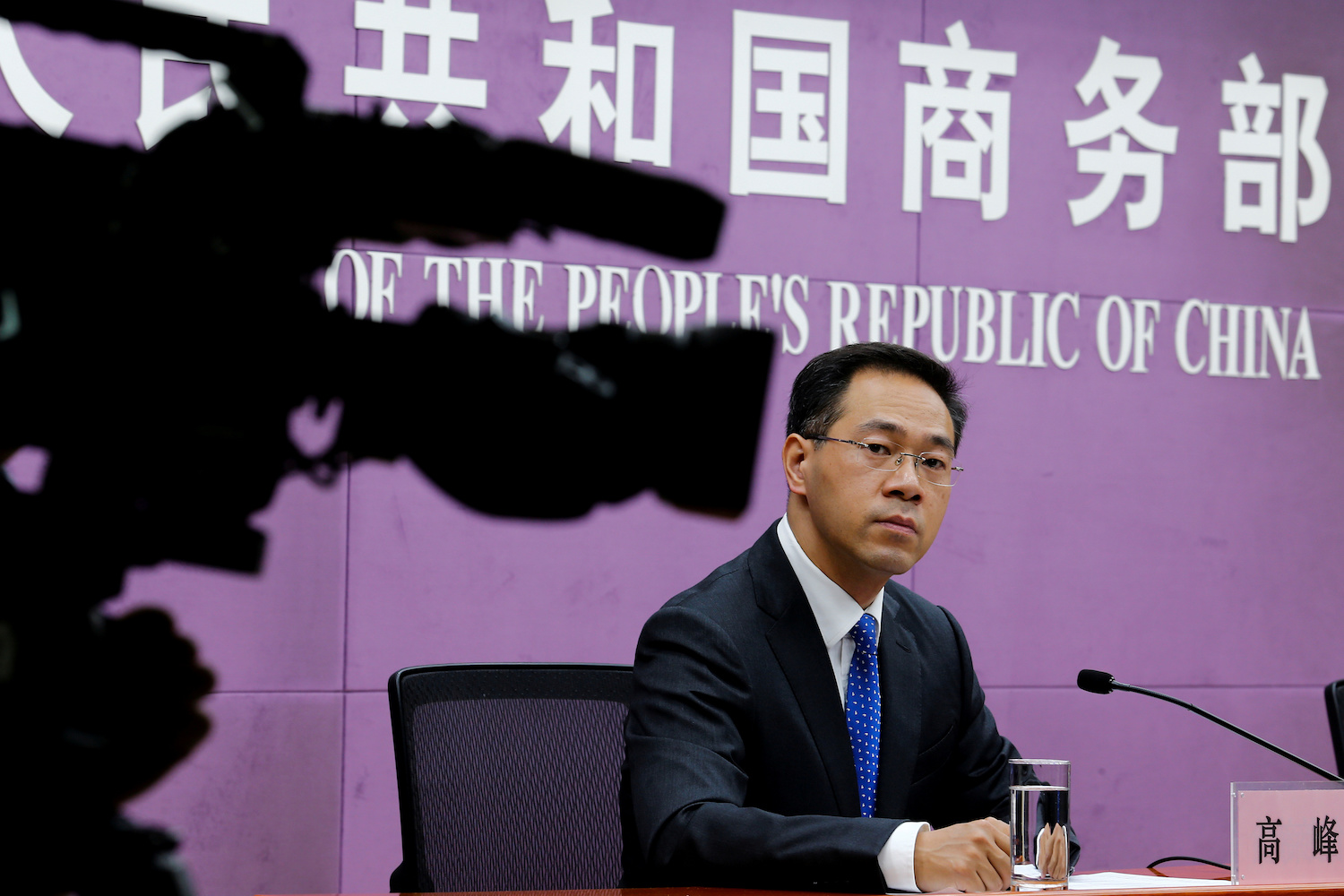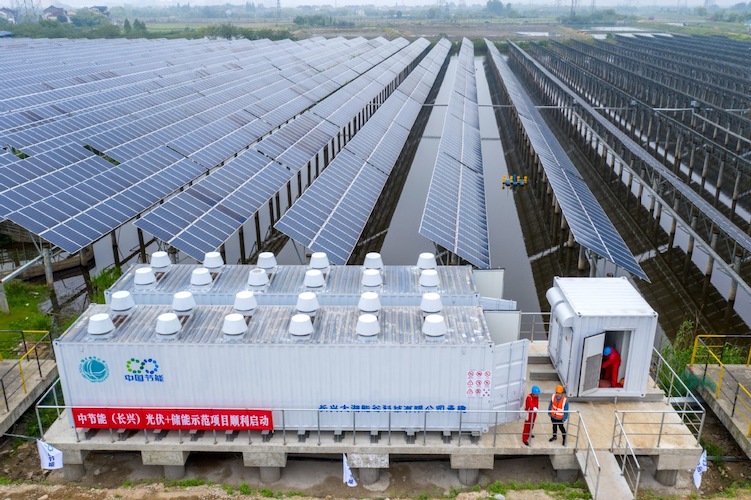(ATF) China’s financial reform is continuing at pace. There have been several announcements concerning the banking, broking and insurance sectors which indicate that despite increasing trade, technology and geopolitical tension between China and most notably the US, authorities in Beijing are keen to continue modernising their financial sector. Below the rhetoric and headlines that show a worsening relationship between China and the rest of the world, the international financial community is responding to these reforms positively.
The most recent news that Chinese bonds will be added to the internationally recognized FTSE Russell World Government Bond Index next year is a significant response to the reform measures, and follows on the heels of the decision by Chinese regulators to increase the flexibility for bond settlement. Index inclusion typically requires that international investors can participate in the index constituents without restrictions and technical obstacles that relate to set up settlement arrangements. In short the index must be investible. In this way being part of an international index is recognition that the capital account is open for business and that international investors are keen to have the choice to participate.
The global investment community views such announcements, particularly in the case of Chinese capital markets, as highly significant. The specifics include a phased approach for inclusion with an interim review in March of next year that will consider some of the key aspects including the account opening process, third party foreign exchange and settlement for more than T+3. Assuming these aspects are satisfied then inclusion begins in October next year.
FTSE Russell in its announcement recognized the significant improvements to the fixed income market infrastructure including secondary market liquidity; foreign exchange market structure; and the development of global settlement and custody processes.
Estimates for both the scale of China’s representation in the index and the resulting potential international fund flows are meaningful with a 6% weighting and flows of approximately US$150 billion during the first year after formal inclusion. This would be equivalent to a third of the current foreign ownership of Chinese bonds. As such the market is expecting support for the RMB and possible reallocation by international bond funds away from developed markets.
This development aligns with the longer-term aim of internationalizing the RMB and encouraging two-way portfolio flows between China and the rest of the world – something that is critical to rebalance China’s domestic savings and mitigating the clear concentration risk currently prevalent.
The level of fiscal and central bank support in developed economies to counter the impact of the Covid-19 crisis has pushed bond yields globally to historic lows. Jerome Powell has confirmed that short-term US interest rates will stay abnormally low at least for the next three years. There has also been a subtle change in Fed policy that allows the inflation rate to exceed the target with the emphasis now being placed on an average inflation level, supporting the lower for longer interest rate policy.
In context of these policy actions, China’s bond yields have become more attractive. 10-year government bond yields have risen since this year’s lows and the currency has been relatively strong. These factors may further encourage yield seeking global investors to the China bond market. Yield globally, across all assets, is scarce.
Covid a catalyst to accelerate reforms
Reform of China’s financial sector was always going to be harder during times of economic stress. There were fears following the global financial crisis of 2008 that damage to the global financial system, and the implications for global trade, would cause the measures being planned to modernize the Mainland’s financial infrastructure to be mothballed.
Ironically, and despite the heightened political tension between China and the US, China’s economic recovery from the effects of the Covid pandemic is proving to be a catalyst to accelerate the reforms.
The strength of China’s export market recovery contradicts fears earlier in this year’s global crisis that the Mainland economy would suffer the compounding effect of a domestic slowdown amidst sagging global demand for its exports and a weakened external sector.
The latest data show that exports have accelerated to a year-on-year growth of 11.6% in August. It appears as China’s production and industrial base has come back online, the rest of the world is still suffering the effects of the pandemic lockdown; and the demand for Chinese essential products has expanded.
Total manufacturing value-added is growing at 6% year-on-year, and both measures are higher than pre-Covid levels. This positive growth is in context of world demand down 15% YoY.
The growth in exports from China can be partially explained by its ability to supply essential Covid-related goods and the increased demand for computers and electronics; but the recovery has since become broader. China’s manufacturing sector is already back to full capacity while its competitors are still struggling. For many in Europe and the US output is still 5% to 10% below pre-Covid levels.
Looking ahead, as the rest of the world’s recovery gathers momentum it is expected that the pace of China’s export growth will diminish, and we will not see a return to an export led growth story.
However, the fact that the Chinese economy is not excessively stressed at this time means that both the planned economic transition and reform program can accelerate.
There are still economic challenges that need to be addressed. China’s retail sales and consumption lag the recovery evidenced in the US and it is in these sectors that the Chinese economy will need to build momentum.
China has been far more cautious than developed economies in providing fiscal stimulus and support through the crisis and there are concerns that structural unemployment may threaten stability.
There are many differences globally between the economic impact of the GFC and the Covid recession, perhaps the ability for China to emerge more quickly and robustly is a defining characteristic and one that will have a profound impact on the global financial landscape despite fears internationally of fragmentation.
# Dr Mark Konyn is Group Chief Investment Officer of the Hong Kong-based insurance group AIA.
























